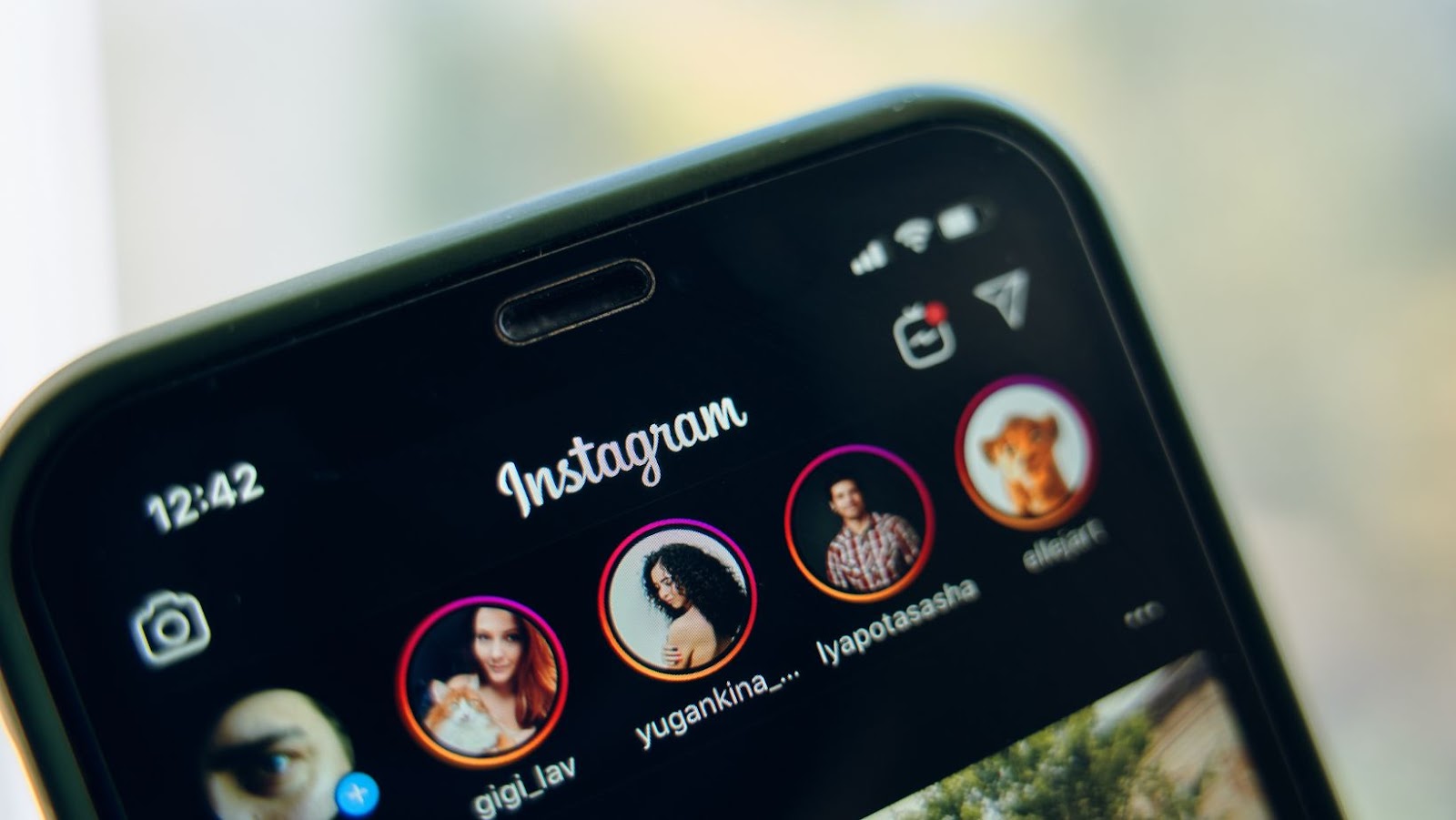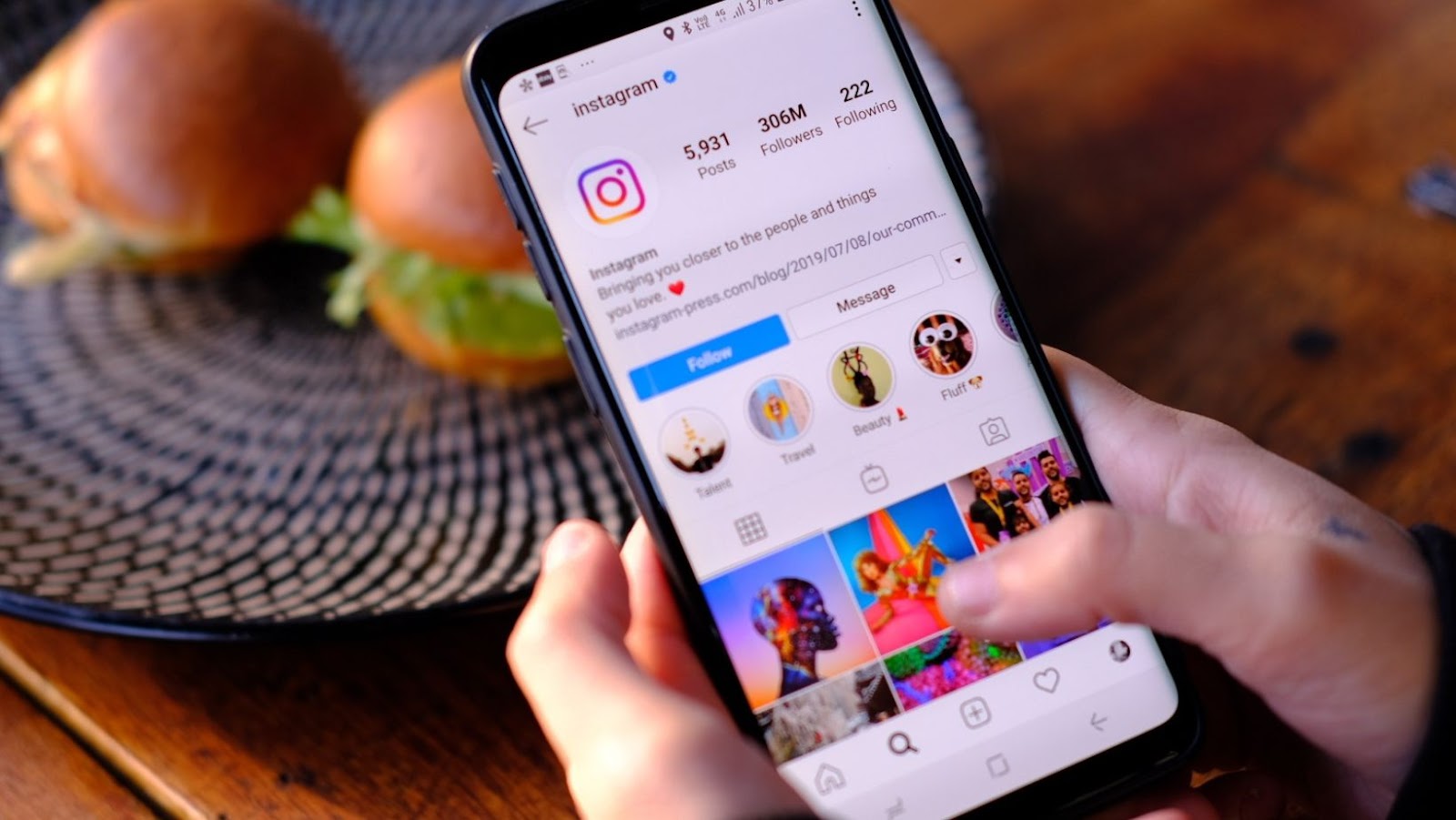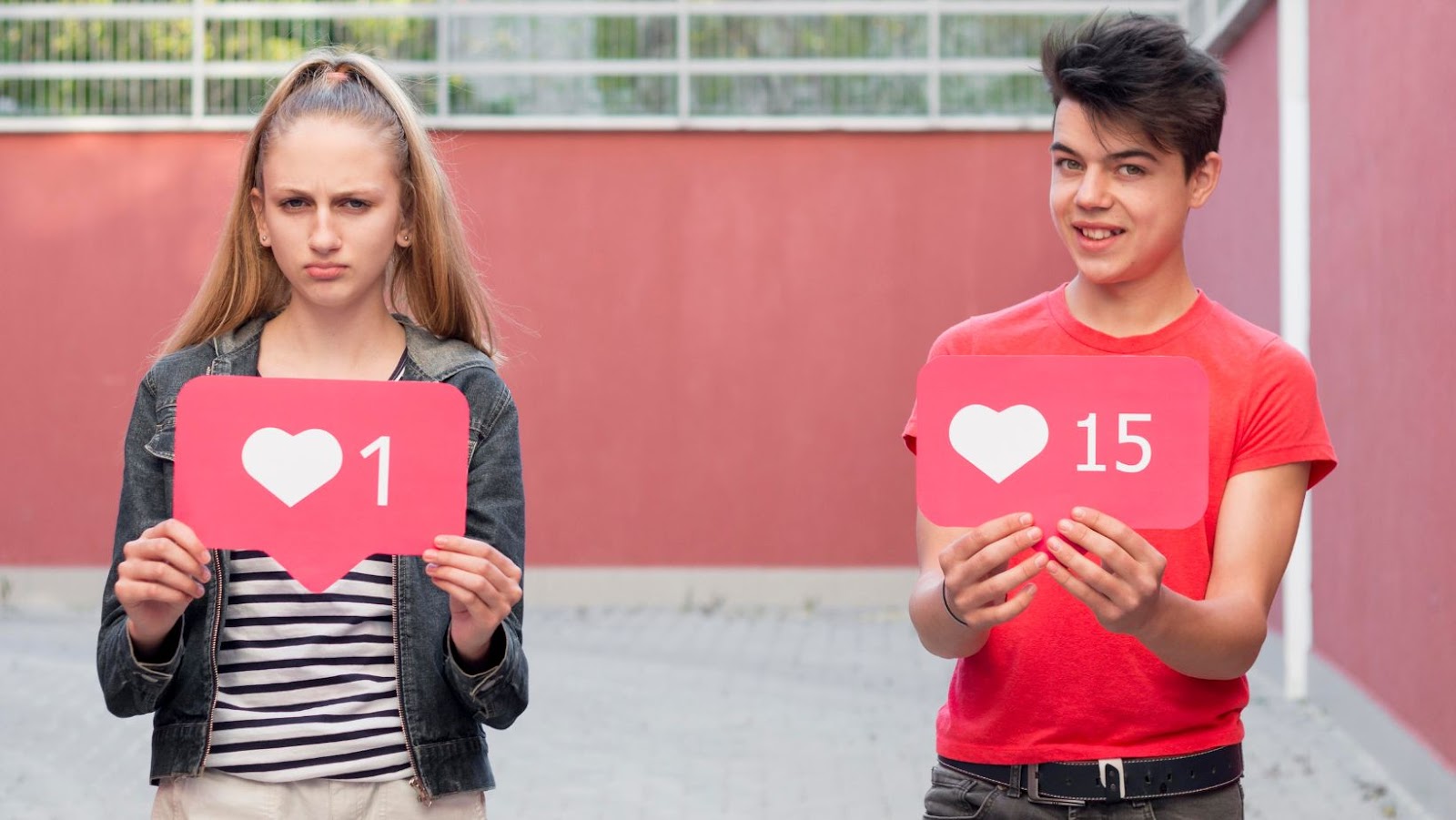In recent times, a growing number of Instagram’s innovative users have been vocalizing their dissatisfaction with the platform’s shift in emphasis towards more video-centric content. Although Instagram has indeed introduced updates favoring video, both aspiring and established photographers feel marginalized and undervalued by this choice. Amidst technological advancements and increasing rivalry from prominent platforms like Snapchat, YouTube, and TikTok, Instagram is proactively evolving to maintain its competitive edge. However, this strategic move has alienated some of its most devoted user base, who feel overlooked in favor of novel features. This article delves into the reasons behind the discontent among Instagram’s creative community regarding the video-oriented shift and proposes potential solutions to help them regain prominence within the platform’s success narrative.
Instagram’s Move to Video
Instagram’s strategic pivot to prioritizing video content has sparked widespread discontent among the platform’s creative community. The aftermath of this shift has seen a notable decline in key metrics for creatives, including a drop in impressions, reach, engagement, and overall visibility. Consequently, creators now find themselves in a competitive struggle for visibility and audience attention, overshadowed by highly viewed video posts that flood their feeds. Delving deeper, it’s clear that several underlying factors contribute to the creatives’ outrage over Instagram’s video-centric reorientation.
How Instagram’s Move to Video Impacts Creatives
Instagram’s latest shift to favor video content over photography has sparked outrage among creatives. This algorithm update may lead to a significant decline in user engagement, adversely affecting the income of numerous influencers and creatives, and ultimately resulting in a decrease in the overall quality of shared content.
The newly introduced algorithm draws parallels with established platforms like YouTube and Twitter, where content creators frequently struggle to gain visibility for their work. A particularly significant aspect of this update is the truncation of video lengths to 15 seconds, potentially compromising the overall user experience. This stringent time constraint may not adequately accommodate the conveying of substantial messages or narratives, undermining the depth of engagement.
Additionally, advertisements displayed within the platform’s carousel feature are unlikely to captivate intended sales targets, as they typically favor watching full-length content over brief, ad-integrated videos from brands. Moreover, user engagement may dwindle even more due to stiff competition from alternative platforms like Facebook and YouTube, which provide enhanced video experiences for viewers and more lucrative opportunities for content creators.
Uncertainty remains as to whether Instagram will mandate that video creators submit their content through external editing software for preliminary approval by the platform’s curation team. If so, this would impose a significant burden on content creators, who would need to invest additional time in post-production and potentially incur substantial costs to access the required software, straining their financial resources.
Instagram’s algorithm update, which favors video over photos, has several drawbacks. These include potentially lower engagement, reduced monetization opportunities since shorter videos often underperform, and an increased workload for creatives. To meet the platform’s curation standards, they may need to use third-party editing software, which could ultimately result in a lower quality user experience. This is particularly concerning for users who depend on Instagram for their income or as a primary outlet for creative expression.

The Pros and Cons of Instagram’s Move to Video
Instagram’s pivot to video content has elicited a divided response. While the platform’s enhanced media sharing capabilities empower users to craft engaging narratives and spotlight their work, many of its creatively inclined users lament that this video-centric shift constrains their artistic liberties.
The Pros:
- Broadened Reach: By embracing video, Instagram opens its doors to a wider audience, potentially driving higher interaction rates and attracting a larger pool of prospective customers for businesses.
- Enhanced Viewer Interaction: Compared to static images, video content tends to elicit a stronger response, holding audience attention for extended periods and providing a richer, more absorbing experience.
- Instagram’s introduction of video capabilities has demonstrated its commitment to upholding press freedom, fostering an open platform for nuanced discussions on complex and sensitive subjects.
The Cons:
- Instagram’s Shift to Video: A Constraint on Artistic Freedom
Numerous creative individuals on the platform feel stifled by Instagram’s increased emphasis on video content, perceiving it as a hindrance to their artistic self-expression. A common concern is that this shift compromises the organic nature of capturing life’s moments, as it often necessitates pre-planning and scripting, thereby diminishing the element of spontaneity.
- Shifting from static visuals or text-based posts to video content on Instagram might overwhelm some creators, forcing them to juggle both formats, which could stifle their creativity or result in an overall decline in post quality.
Creative Reaction to Instagram’s Move to Video
Instagram’s shift to prioritize video content has sparked significant backlash from creative professionals who leverage the platform for self-promotion and financial gain. A number of visual artists, who have established their reputation primarily through showcasing their images, are concerned that their posts will become obscured amidst the elevated video-centric feed. The discontent among these creatives is not unfounded, prompting a deeper examination of this strategic move.
How Creatives Feel About the Move to Video
Instagram’s introduction of video capabilities has sparked a divided response among its creative community. While many applaud the feature as a means to more effectively communicate ideas and enable users to fully express themselves, others criticize the time constraints on post visibility, alleging that Instagram prioritizes larger companies and brands at the expense of creators.
Creative professionals are expressing unease over Instagram’s prioritization of video content, which they believe undermines long-term engagement with their audience. Since stories evaporate after 24 hours, creators can no longer foster enduring connections with fans through this channel. This strategic shift, they argue, caters to Instagram’s interests at the expense of both creators and fans, diminishing the platform’s capacity for substantial interactions by favoring one aspect over another. Furthermore, professionals highlight the lack of control over their content as a compounding issue, as they are unable to prevent or govern how their work is utilized by others, both within and beyond Instagram’s boundaries.
The introduction of videos alongside photos and stories on Instagram has elicited varied reactions from its user base, highlighting the significant impact creators have on molding today’s social media landscape. Meanwhile, as increasing numbers of professionals migrate to platforms like Twitch, Facebook Live, and YouTube Live, it remains to be seen whether Instagram can seamlessly integrate video content without provoking additional discontent from its creatively inclined users, potentially jeopardizing its long-term transformation.

Instagram’s Creatives are Angry About its Move to Video
Instagram is upgrading and expanding its video features to attract new users and strengthen its position in the social media landscape. Although this shift could benefit businesses and personal accounts, it has sparked criticism and discontent among a key group of content creators: traditional photographers. The primary concerns driving this backlash include:
*
*
*
*
(Please provide the original list of concerns or reasons, and I’ll be happy to rewrite each point for you, as indicated by the above placeholders)
- Artists feel a sense of betrayal as the platform shifts focus away from its unique selling point. By introducing video, Instagram undermines its longstanding identity, which has been deeply rooted in photography – the very element that defined its distinct character for years.
- The abrupt evolution of photography standards puts numerous photographers at a disadvantage, forcing them to vie with filmmakers who leverage cutting-edge resources readily available on alternative platforms like YouTube.
- The proliferation of video content compromises quality standards, simultaneously introducing vast opportunities for copyright boundaries to be pushed to the limits, often resulting in infringement issues.
- Capturing video is a more intricate process than photography, which can unsettle creative professionals without a filmmaking background, causing them a certain level of discomfort. Furthermore, achieving remarkable results may require substantial investments in both hardware and software, posing a potential strain on resources.
- For many photographers, particularly those with limited budget or time, who still aim to stay current with industry trends but lack the resources to master video production principles, capturing subpar videos often becomes the more feasible option, inadvertently lowering the overall standards of professionalism in the field.
Although Instagram’s shift towards video has potential advantages if executed properly, users largely perceive it as a hindrance rather than a beneficial evolution. Nevertheless, the overarching concern persists: will the eventual gains sufficiently counterbalance the lingering negative consequences in the long run.

Conclusion
Instagram’s decision to prioritize video content has been met with skepticism by its creative constituency. While numerous businesses have swiftly adapted to this new direction, the platform’s artistic core is apprehensive about the impact on their output. Concerns prevail that the emphasis on video will compromise the platform’s distinctive visual identity, constrict their online presence, and diminish user ease. Moreover, there are fears that a video-centric Instagram may culminate in a more commercialized environment, thereby reducing avenues for solo artists and creatives to thrive.
Instagram’s shift towards prioritizing video content has an uncertain long-term impact. Nonetheless, this move has ignited intense debates among the platform’s creative community regarding their desired future direction for Instagram. The platform’s trajectory – whether it remains a versatile haven for artistic expression or succumbs to dominating promotional and corporate influences – will ultimately be determined by the collective preferences of both its creators and users.
tags =
instagram
– Social Media & IG
– Official Instagram Page
– Instagram Mobile Application
– Leading Social Media Platform
– Engaging Instagram Reels
– Brief, Compelling Video Content
– The Guardian’s Take on Instagram Reels
– Expert Insights on Reels by The Guardian
– Innovative Instagram Content Creators
– Photo & Video Sharing Application
– Extensive Social Network Platform
– Popular Social Networking Application

